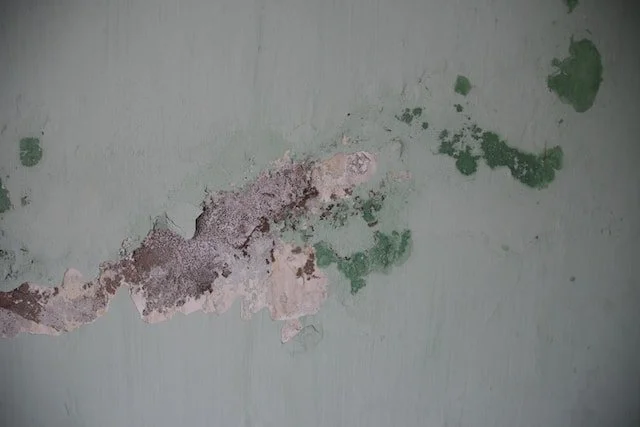Signs of Mold in Your Home
If you are noticing signs of mold in your home, you should call a professional right away. Not only will they be able to identify the problem areas, but they will also educate you as to how to keep the mold from coming back.
Mold loves to hide in places that you can’t see, so look under carpets, behind wallpaper, and underneath furniture for potential places where mold could be growing.
Smelly Spots
If you notice a moldy smell in your home, it's important to get rid of it quickly. It can be a sign of a serious health issue, particularly if you have asthma or other respiratory conditions.
If the smell is persistent, it could be a sign of toxic mold, which can cause breathing problems, headaches, and even neurological damage. According to the Centers for Disease Control and Prevention, certain types of household mold produce mycotoxins.
The CDC recommends getting a professional to inspect your home and remove any mold if it is growing undetected.
Another olfactory sign of mold is if your clothes or towels are starting to smell funny. This can be caused by a buildup of mold spores on the fibers.
Colds and Allergies
Mold can cause a variety of allergy symptoms, including nasal congestion and itchy eyes. It can also trigger asthma attacks.
Allergies to molds are a common problem for many people. They occur when the immune system is oversensitive to mold spores and produces allergy-causing antibodies that fight back against the fungus.
These symptoms may appear year-round, or they can flare up during damp weather and indoor spaces that have high concentrations of mold. Symptoms include sneezing, watery eyes, itching (dermatitis), nasal congestion, and wheezing or coughing.
If your allergies persist, see a doctor for diagnosis and treatment. Allergy medications can help relieve your symptoms. In addition, avoiding places where mold is commonly found can be helpful.
Paint and Wallpaper Stains
Mold grows in water-damaged areas and can be a major source of mold exposure. It can be found anywhere, including your kitchen and bathroom.
If you notice a pattern of water spots on your wallpaper or paint, this could be a sign that mold is growing behind the paper backing. These may also be accompanied by bubbles and cracks in the paint or wallpaper, which are another indication of moisture problems.
To clean the stains, first dab the stain with a sponge or cloth dampened in warm water. Then, using a soapy solution that's been tested on an inconspicuous area, wipe the walls gently.
You may need to repeat this process a few times to completely remove the spot. You can also try scrubbing with soap and water, which may help dislodge the underlying dirt. If the stains still persist, you may need to use rubbing alcohol to remove them. Test the scrubbing method in a small, hidden area first to ensure that it won't damage your wallpaper.
Odd Smells
Molds produce many different odors, some sweet and fruity, others earthy and pungent. Odors vary depending on the type of mold and where it is in its life cycle.
In some cases, a smell can be a good indicator of a problem, but it’s important to bring in a professional if you think there may be a serious mold issue. This is because mold can cause a variety of health problems, including respiratory infections, allergies and asthma.
If you can’t see the mold, it might be growing behind drywall or wallpaper, under wood paneling, inside walls around pipes or inside ceiling tiles. It can also be hidden in air ducts, if the ductwork has been damaged by water leaks.
In addition to causing health concerns, mold can be difficult to clean up. Even if you get rid of it, it can still spread, so it’s best to have it professionally removed. This will protect your home and your health.
Contact Us
If you are detecting signs of mold in your home, contact us to get it taken care of today!

